|
July/Aug 2019 edition Issue #6 AutoMobilia Resource Magazine Written by John Mihovetz When it comes to Automotive Advertising, not much more is sought after than the Tin Lithographed Tire Flange Sign. In all of Automotive Advertising, the Tire Advertising signs made from the late 1910’s into the 1930’s are some of the most graphic and beautiful signs ever made. During this era, companies such as H.D. Beach, American Art Works, Shonk Art Works, Passaic Metal Works, Donaldson Art Sign Company, and many more produced hundreds of different beautiful pieces of artwork for Tire Advertising, which we still seek out today….one hundred years later.
Lithography on metal for advertising purposes dates as far back as 1875. As automobiles increased in popularity by the 1910s, Tin Lithographed Signs were a very popular way to advertise, and carried on into the 1930s until Porcelain Enamel became the primary way to produce signage, due to its cheaper cost as well as durability. Tin lithographed tire flanges were always colorful, with awesome graphics and were seen in many eye-catching shapes and die cut patterns at Service Stations around the country.
Tin Lithographed Signs are incredibly beautiful, but also incredibly fragile. Over time, these signs scratched, rusted, and fell victim to vandalism. Tin lithographed signs are extremely rare to find in 9+ condition. Most of the time, even New Old Stock (NOS) examples of Tin Lithographed signs will show paper markings or storage wear.
As time has passed into modern day, we have been left with some outstanding examples from the Golden Era of Tin Lithographed Tire Advertising, and pictured here are some of my favorite examples. Here’s to the hunt of tracking down some of your favorites, and to the chance of tracking down a new discovery. I hope you enjoy!
I am also looking forward to this year’s Morphy Auctions Hershey Car Show Auction Sale. This year’s sale is going to be our biggest Gas & Oil Sale to date, and will feature over two-thousand lots, October 5th-7th in Denver, Pennsylvania, before the Hershey Swap Meet begins. John Mihovetz To read more great columns like this one from petroliana expert John Mihovetz... |
| Empire Tires & Tubes Flange Sign.. Made by American Art Works in Coshocton, Ohio. This piece is a little more subtle than some of the other Tin Lithographed Tire Flange Signs, but it has such a smooth and beautiful look to it. Flange depicts a tire, with tube and tube box set inside of the tire. The colors choices are spot on, and the artwork and script are second to none. Circa 1920. Value $18,000+ |
Issue #5 AutoMobilia Resource Magazine
John Mihovetz - Petroliana
Sites such as USC Library, as well as Huntington Library have digitized millions of photographs starting in the 1890s, and the ability to zoom into these photos to look into Service Stations and Dealerships are second to none. The website oldgas.com also has an excellent photo archive of Service Station photos, showing thousands of Service Stations throughout the country. As the draw and demand for early Gas & Oil advertising increases, so does the chase for the extremely rare and highly sought after. Photographs are a great look into the past, and will continue to serve the hobby for years to come. Enjoy!
John Mihovetz
To read more great columns like this one from petroliana expert John Mihovetz...
Subscribe to AutoMobilia Resource
One of the most iconic names in all of Gas & Oil advertising is Gilmore Gasoline & Motor Oil. An early West Coast brand, Gilmore was started in Los Angeles, and was purchased by Mobil in the early 1940s. The vast majority of Gilmore advertising was destroyed, and is very sought after by collectors. This image shows an early Gilmore service station full of advertising. The most iconic of all is the lion tamer Gilmore flag man holding a Cloth Gilmore checkered flag. These flag men were hand painted, and made from plywood. Most of these pieces did not survive, and are extremely rare to find in all original condition. This photo also shows an, “It’s Fortified” cloth banner with roaring Gilmore lion graphic. The rarest piece in this photo by far is the large Gilmore Gasoline station identifier sign stretched across the entrance. I have never seen an original example of this sign, and I am fairly confident that none are left in existence. When Gilmore was purchased by Mobil, some of the first signs taken down were the neon leaping lions, as well as the large marquee Gilmore Gasoline island signs. There are some known photos of Gilmore service stations which also show pieces of advertising that have never been discovered, so the hunt continues!
What an incredible image of this early Hood Tires & Automotive Supply store. The windows show fantastic display pieces for Hood Tires, such as tin tire stands and cardboard easel back displays. The outer windows show beautiful Hood Tires banners, which I have never seen in person. This image is full of notable Hood Tires advertising, but the best by far is the large Hood Tires neon sign above the shops front door. This is a great example of a beautiful sign which most likely no longer exists, and one of very few that were probably ever produced. Without this photograph, we may have never known of this piece’s existence. Also in this photograph are the outstanding Hood Tires die cut porcelain flag men seen here guarding the front door. These pieces stand six feet tall, and show a beautiful image of a World War I, soldier type figure flagging you into the store. This photo shows some incredibly rare pieces of advertising from Hood, and also shows the excellent way they were originally arranged.
As seen in this photo of an early New York Richfield Gasoline Service Station, you can spot so many great pieces of advertising in their natural state. At the left of the photo you can see the Richlube Motor Oil porcelain sign in its original cast iron lollipop stand. Above the pumps is one of the most sought-after signs from Richfield Gasoline, which is the “Gasoline Of Power” porcelain shield sign. This four-foot shield shaped sign shows an Eagle graphic, with beautiful Richfield script & colors. Along the hand painted wall advertising Tires, Tubes & Greasing Services, you can spot multiple embossed tin signs from Miller Tires, as well as Edison Car Batteries. This is a great example of early service station advertising at its finest. Photos such as this one not only show how much advertising was displayed, but also helps us date particular pieces of advertising, and shows us how pieces were originally displayed.
Issue #4 AutoMobilia Resource Magazine
John Mihovetz.
| | Beginning in the 1930s, American oil companies began selling oil in the standard One Quart Oil Can. These cans were branded in thousands of independent & incorporated brands, and were distributed to service stations throughout the country. One Quart Cans were displayed on racks on gas pump islands, as well as in windows of service stations, and were a great way of everyday advertising for thousands of brands of Motor Oil. One of the reasons that One Quart Cans are such a unique corner of the Gas & Oil collecting hobby, is that so many were disposed of in their time. Thousands of times a day all throughout the country, the tops of these five inch tall cans were popped, and their contents poured into engines of the everyday travelers cars. Once the contents were poured out, cans were quickly disposed of, or repurposed in some way. Over the years, I have seen amazing Folk Art done with empty Quart Oil Cans, and I have also seen walls insulated with empty Quart Oil Cans. These disposable pieces of advertising have now become a cornerstone of the Gas & Oil hobby, and are beautiful pieces of hand drawn American art work. One Quart Oil Cans started out with soldered edge seams, and later became crimped edge seams. The largest producer of One Quart Oil Cans from the 1930s to 1950s was American Can Company (CanCo), which had factories all over the United States, and produced a large majority of the oil cans we collect today. These cans showed incredible graphics from all of the various oil companies. One Quarts showed excellent graphics of Airplanes, Race Cars, Motorcycles, Boats, Animals, and many other excellent ways of graphic advertising. When it comes to One Quart Oil Cans, the more eye catching the graphic the better. One Quart Oil Cans are graded strictly, due to their size. The color & gloss on a can must be excellent, as well as avoiding any wear in the graphic or on the face in order to achieve a grade 9+. A can that shows wear will affect the value heavily. When it comes to the can being empty or full, I have always thought this to be a personal preference, and does not affect the value of the can. I find that empty cans are far easier to handle, and if you drop an empty can, it will likely not be damaged, while if you drop a full can, the rims can dent easily and will heavily affect the value. When it comes to One Quart Cans, here are a few tips to help get you started. The rarer the better. I would personally avoid buying the very common can, because there are thousands of examples out there, and will most likely go down in value over time, as the rare cans will climb in value. I would buy only mint condition cans, or the best example I could find of an extremely rare can when possible, because you may not have another opportunity. A pitfall to watch out for in One Quart Cans are buying wrapped cans. A wrapped can is a highly detailed vinyl decal wrapped around a can, creating a near perfect replica of an original. A way to spot a wrapped can is at the seam, and along the top and bottom edge. Some of the wrapped examples I have seen are very good, and are tough to spot. Another pitfall to avoid is buying a can that has been re-soldered, or that has been flattened or re-rolled. These cans display very well, but do not hold the value of an all original quart. When it comes to buying a re-rolled or re-soldered can, I would consider the value to be one quarter of an originals value. The demand for One Quart Cans has steadily risen for the last decade, and we are inching close to seeing five figure One Quart Cans. One Quart Cans create fantastic displays of Motor Oil Advertising, and are not only a great way to get involved in the hobby, but are a great way to expand your collection. Enjoy the hunt, and buy what you like! John Mihovetz To read more great columns like this one from petroliana expert John Mihovetz... |
Issue #3 AutoMobilia Resource Magazine
John Mihovetz
| • Frontier Gasoline On Red Ripple: One of the best ways to display a 13.5” Lens is in a glass ripple body, just like this Frontier Gasoline lens. These Ripple Bodies show wavy, rippled glass, and reflect light very well. Ripple bodies came in various colors, with some of the hardest colors to find are Green, Blue & Brown. Although pricey, these globe bodies display lenses very well, and in my opinion are much more beautiful than a Milk Glass or Capco body. Value - $10,000+ when complete. | • Gilmore Gasoline 15” Globe: Another great example of 1920’s Globe advertising is the rare Gilmore Blue Green Gasoline 15” Metal Body Globe. This lens shows a beautiful Roaring Lion Graphic, and is highly sought after by many globe collectors. Gilmore Gasoline was a West Coast only brand bought out by Mobil in the 1940s. As the stations went from Gilmore To Mobil, the majority of Gilmore advertising was destroyed by Mobil, and very few of any Gilmore advertising still exist today. Value $20,000+ when complete. |
| • Musgo Globe: One of the most sought after One Piece Baked Globes is the Musgo Gasoline Globe with Native American Graphic. Most known examples of this globe are New Old Stock, and dated inside the body. Each Globe was hand painted, and displays beautifully. Value - $18,000+ | • Texas Rose Globe: This Texas Rose Ethyl Gasoline is a great example of a 13.5” Lens set into a Plastic Capco Body. Plastic Capco Bodies were popular from the 1930’s into the 1960’s, as Globes were slowly phased out of Gasoline Advertising. Value - $4,000+ when complete. |
| • Texaco Aviation Globe: An extremely rare example of this One Piece Cast Globe from Texaco Aviation. Globe shows raised lettering, and painted propeller graphic, with a screw base. One of very few known examples of this beautiful piece of Texaco advertising. Value - $30,000+ | • Pioneer Gasoline 15” Globe: A very highly sought after 15” lens made for a Metal Body is this Pioneer Gasoline Lens with Native American Graphic. Metal Body globes were popular as early as the 1920s, and hold some of the best graphic lenses known to exist. Metal bodies also can be very dynamic in the display of a lens. Bodies can be repainted perfectly to match a pump, or show the original paint and patina of its long life. Value - $25,000+ when complete. |
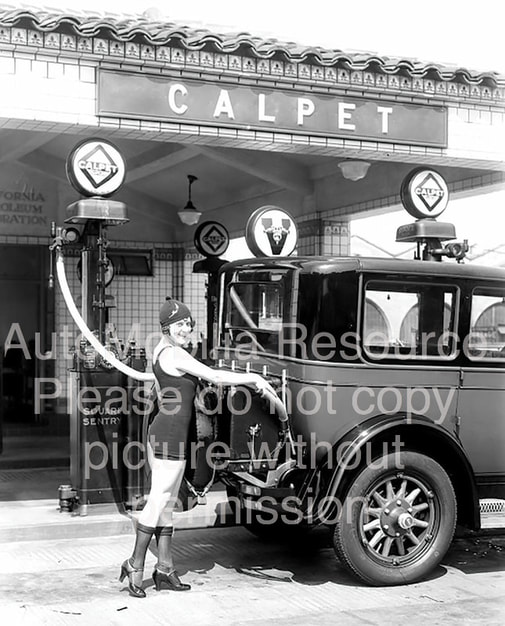 Above: An excellent 1920’s photograph of an early Cal-Pet & Ventura Gasoline Service Station, with three different 15” Metal Body Globes showing various grades of Gasoline, and a beautiful woman to help fill up your tank as well. A true testament to a bygone era in early motoring and Gas & Oil Advertising.
Above: An excellent 1920’s photograph of an early Cal-Pet & Ventura Gasoline Service Station, with three different 15” Metal Body Globes showing various grades of Gasoline, and a beautiful woman to help fill up your tank as well. A true testament to a bygone era in early motoring and Gas & Oil Advertising. If you’re new into Gas & Oil advertising, or thinking about collecting Gas Pump Globes, here’s some advice: You should always try to buy unique and rare globes in excellent condition, free of any fading or damage in the graphic. Gas Pump Globes are plentiful. You should always try to buy the rarest examples from particular brands you’re seeking. Another excellent way to avoid buying mistakes or being burned buying a fake Globe, is to buy from a reputable dealer or auction house. By far, the best purchase a new or veteran collector can make in the globe market, is buying Scott Benjamin’s Gas Pump Globe Guide & Valuation CD. This digital catalog shows photographs, rarity scales, and also a price guide valuation on the vast majority of globes. Do your due diligence before you buy, and remember to have fun!
John Mihovetz
To read more great columns like this one from petroliana expert John Mihovetz...
Subscribe to AutoMobilia Resource
Issue #2 AutoMobilia Resource Magazine
John Mihovetz
The advice I have offered to many beginning collectors is learn before you buy, and avoid the pitfalls of costly beginner mistakes. Time and time again, I see many beginning collectors buy first, and then ask questions after, only to end up getting burned on a phony piece that’s practically worthless. Avoid sites such as eBay, as well as unscrupulous dealers offering items at prices that seem to be too good to be true. A proper beginning into this hobby should begin by figuring out which parts of the hobby do you enjoy. What are you going to collect? Once you have answered those questions (with the emphasis on enjoyment), begin to network with reputable dealers & collectors alike. Swap meets and flea markets are a great beginning spot, and as your knowledge expands, buying at auction from a reputable auction house will be an excellent way to procure some of your more high-end pieces. Websites such as oldgas.com, as well as Facebook offer over twenty different collector groups with over twenty thousand members trading photos, ideas & sharing stories.
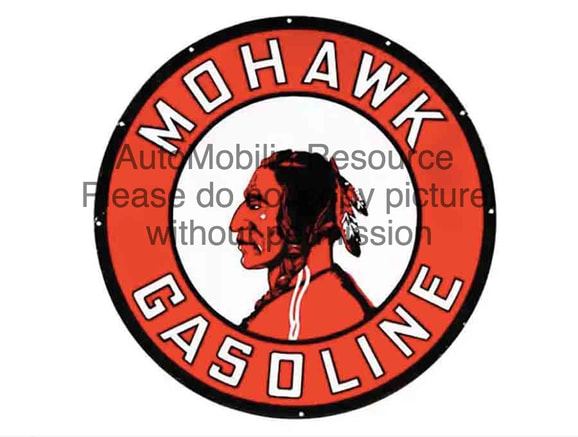 Mohawk curb sign. 28” diameter. Circa late 1920’s to ‘30’s. This one sold not long ago for $45,600.
Mohawk curb sign. 28” diameter. Circa late 1920’s to ‘30’s. This one sold not long ago for $45,600. 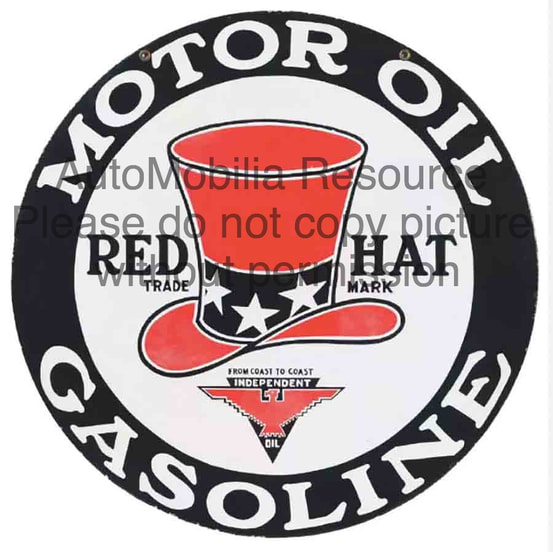 Red Hat post sign. This would have hung from a pole. 32” diameter. Circa 1920’s. Value $25,000 plus.
Red Hat post sign. This would have hung from a pole. 32” diameter. Circa 1920’s. Value $25,000 plus. Over the years I have seen ups and downs in prices, and demand for off-condition and beginner related pieces, but the best of the best has done nothing but steadily rise since the hobby began. The early independent brands have also broken out and prices are on the run. Early, graphic brands such as Red Hat & Mohawk are some of the most colorful and rare pieces in the hobby, and are some of the most highly sought after brands.
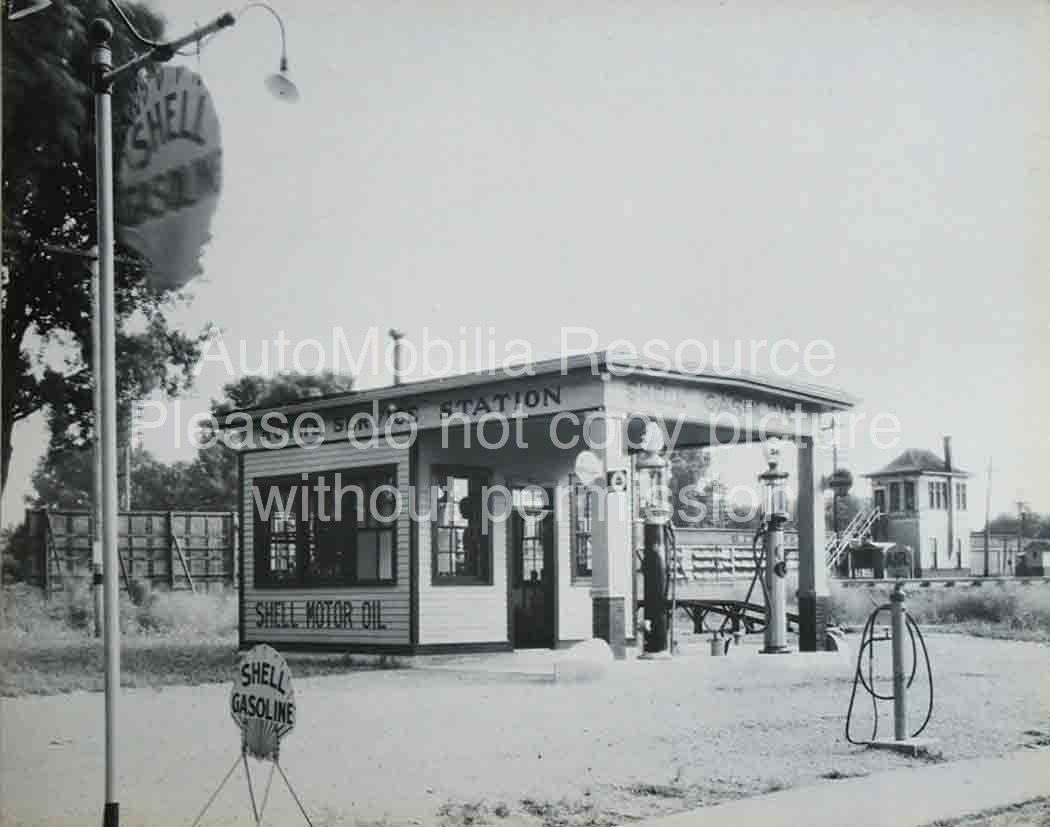 Early Shell station. Circa 1920’s. Note all of the great advertising; curb sign, the rare Porcelain “Air” sign, and large hanging pole sign.
Early Shell station. Circa 1920’s. Note all of the great advertising; curb sign, the rare Porcelain “Air” sign, and large hanging pole sign. The best advice I was ever offered, and the advice I offer now to a new or veteran collector, is to collect what you like, and buy the best-quality piece you can afford. There are so many different parallels in this hobby, and the group of collectors is deep & diverse. Some people like immaculate & rare, while others like them crusty and full of bullet holes. Enjoy the hobby, and have fun! One of the best parts of the hobby is growing relationships through the common thread of the appreciation of Gas & Oil advertising.
John Mihovetz
To read more great columns like this one from petroliana expert John Mihovetz...
Subscribe to AutoMobilia Resource
Petroliana
John Mihovetz is an Expert and Director of Acquisitions at Morphy Auctions focusing on automobilia, petroliana and antique advertising.
[email protected]
Archives
August 2019
May 2019
March 2019
January 2019
November 2018
Categories
All
Ace High Motor Oil Can
American Motor Oil Can
Aviation Gasoline Gas Pump Globe
Bear-Ring Motor Oil Can
Bison Motor Oil Can
Cal-Pet & Venture Gasoline Service Station
Early Shell Station Picture
Frontier Gas Pump Globe
Gas & Oil Advertising
Gas Pump Globes
Gilmore Gasoline Gas Pump Globe
John Mihovetz
Mohawk Curb Sign
Musgo Gas Pump Globe
One Quart Oil Can
Pennsylvania Motor Oil Can
Pioneer Gasoline Gas Pump Globe
Polly Penn Motor Oil Can
Power-lube Motor Oil Can
Restored Wayne Roman Column Pump
Silent Chief Motor Oil Can
Skunk Oil Motor Oil Can
Stanavo Aviation Motor Oil Can
Texas Rose Gas Pump Globe

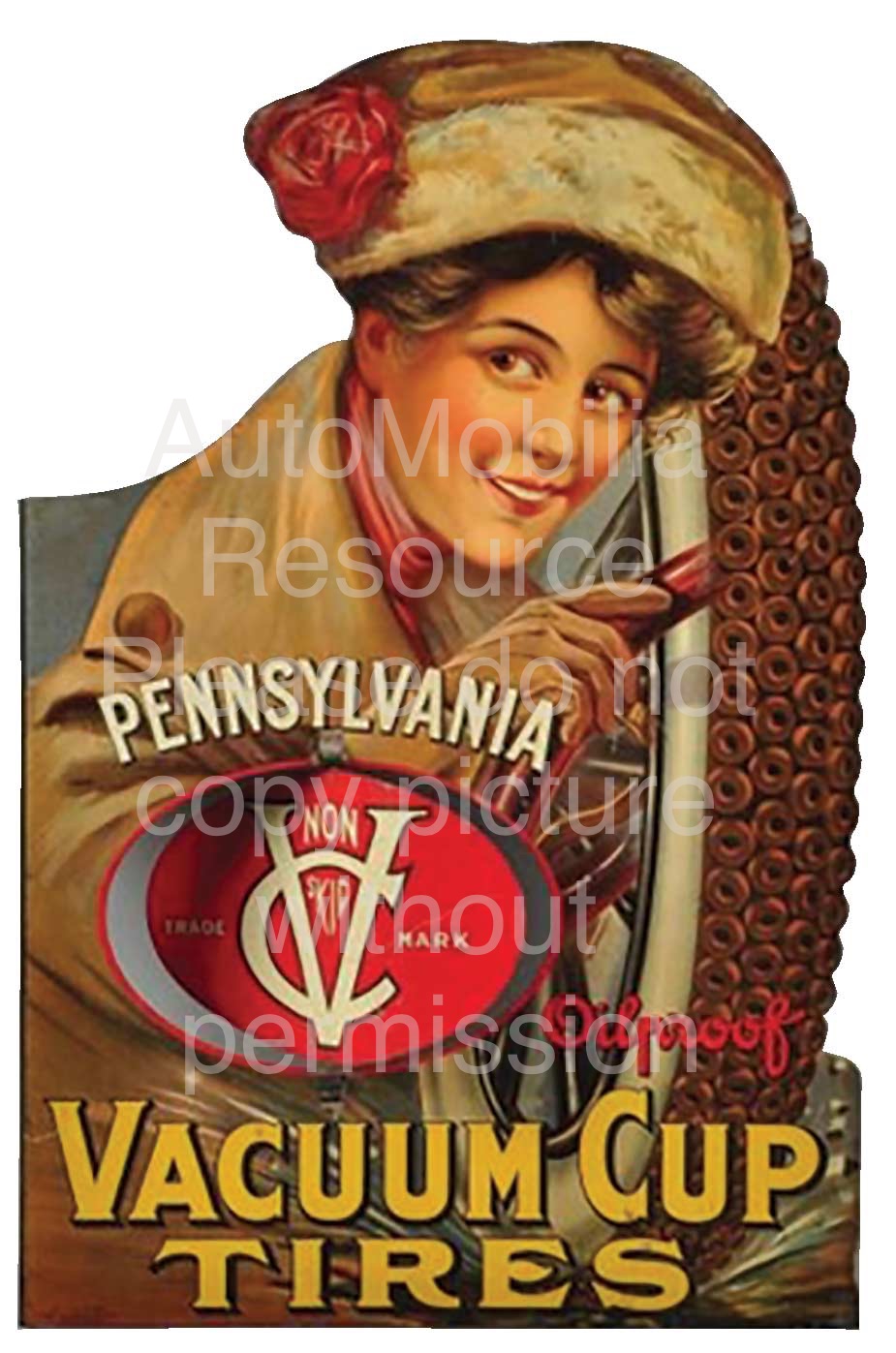
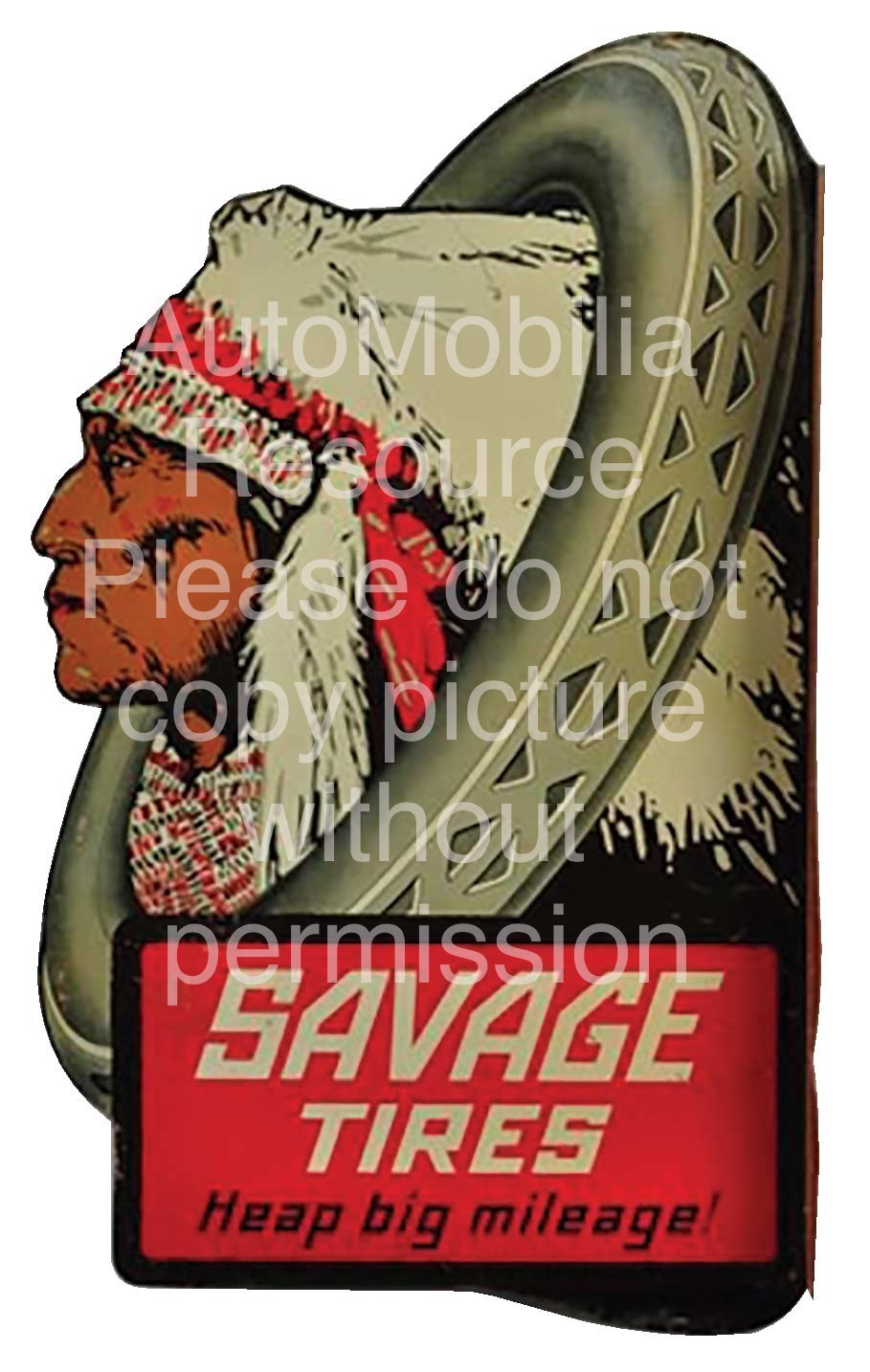
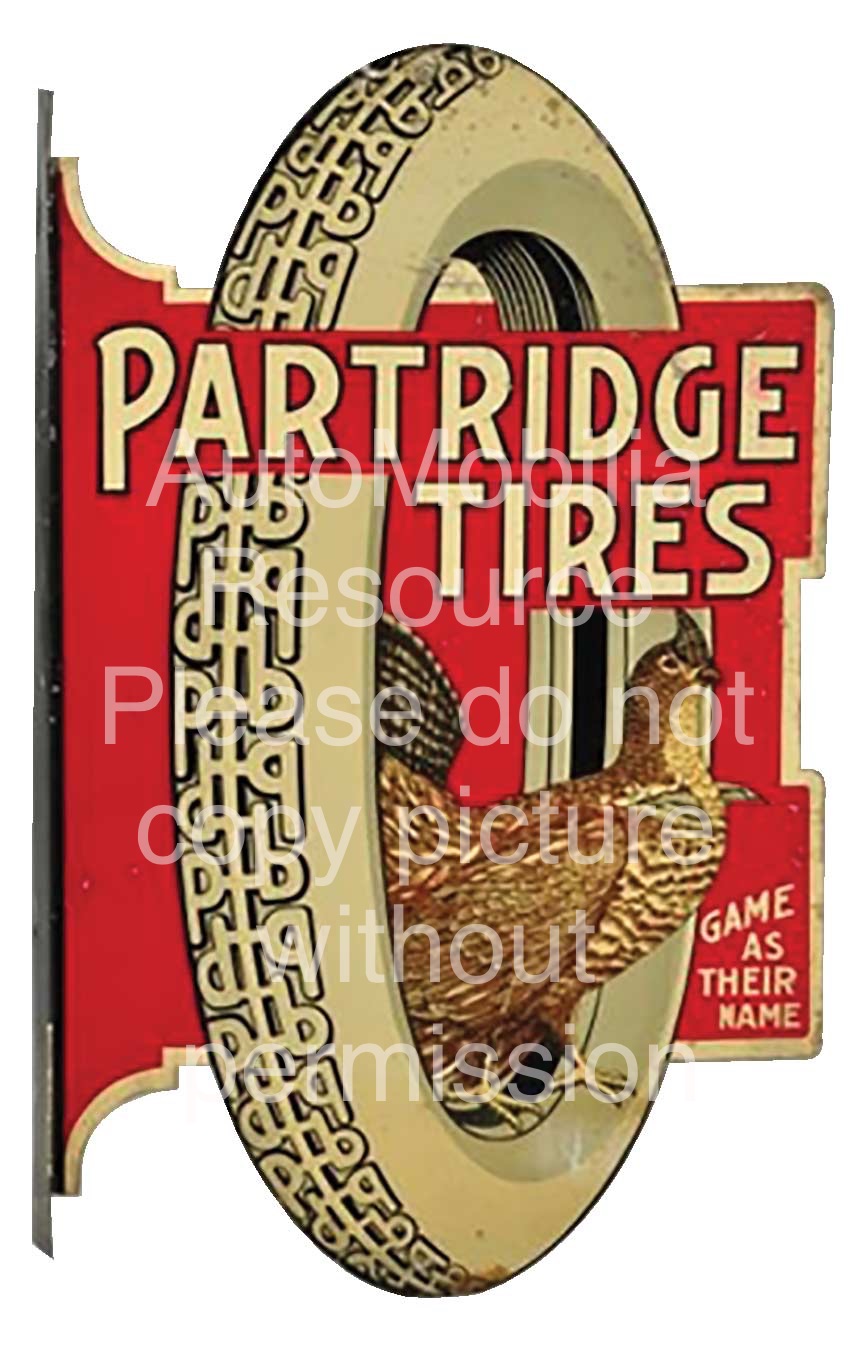
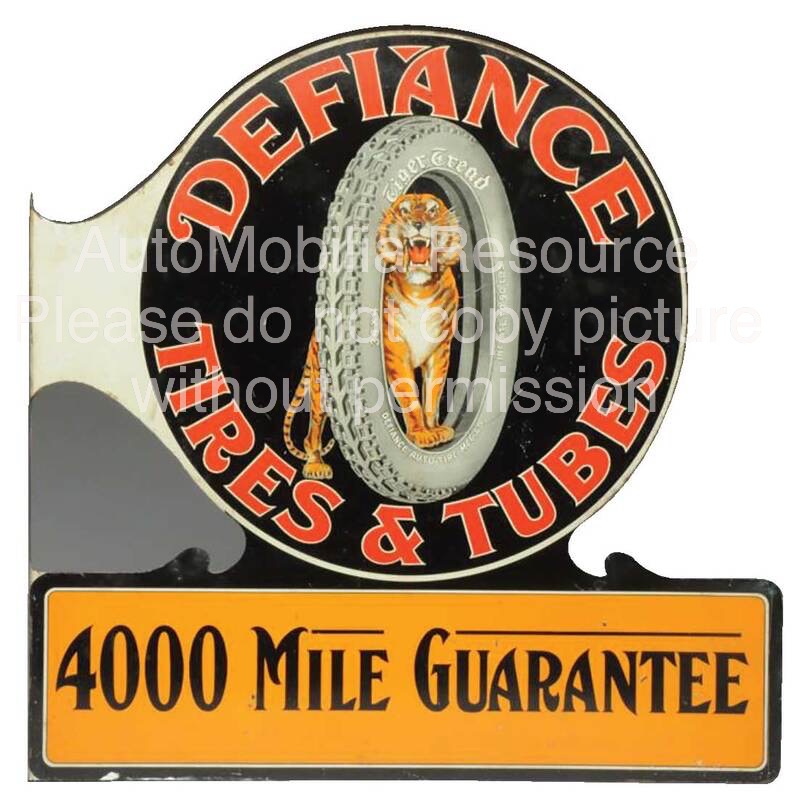
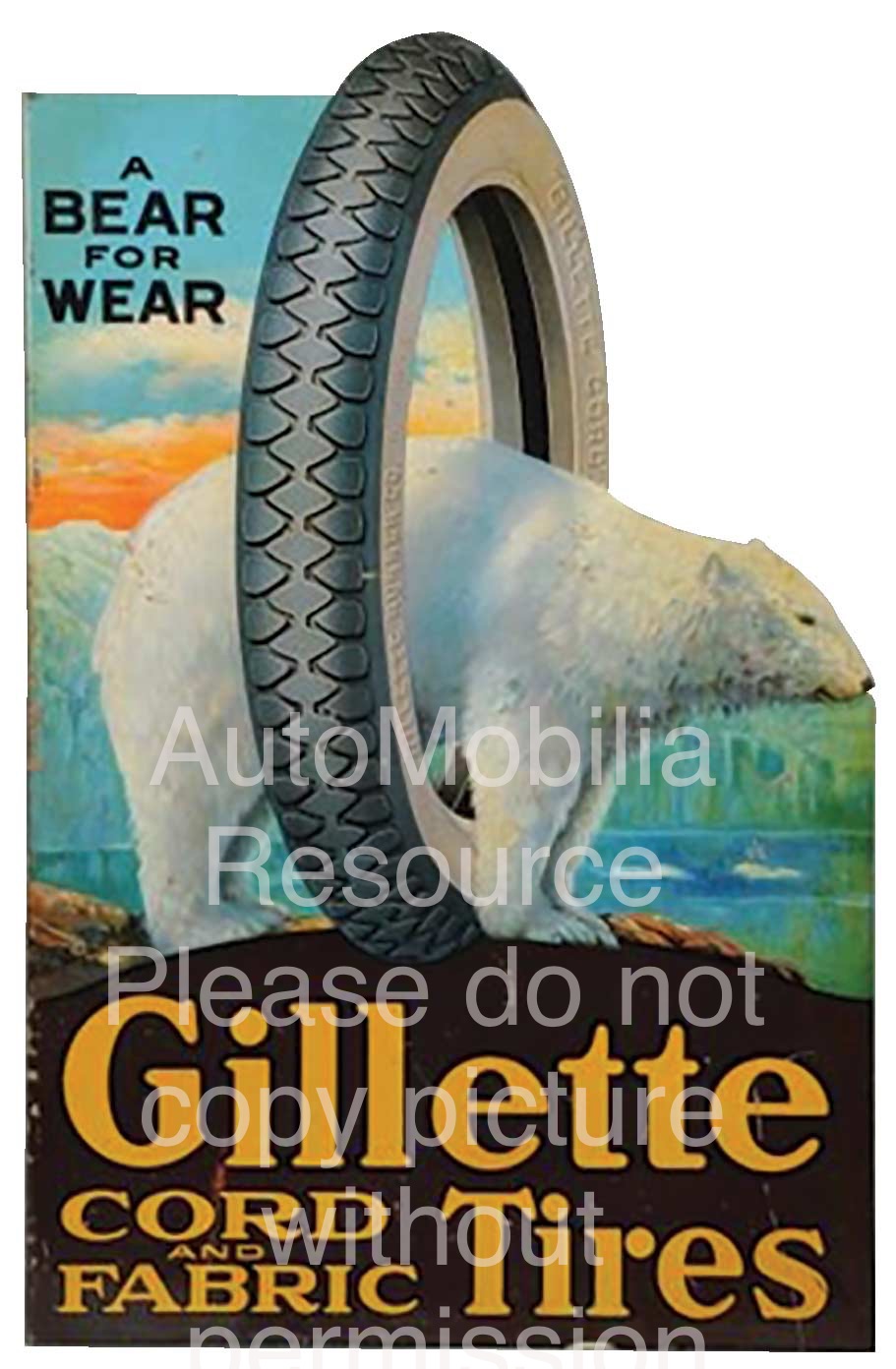
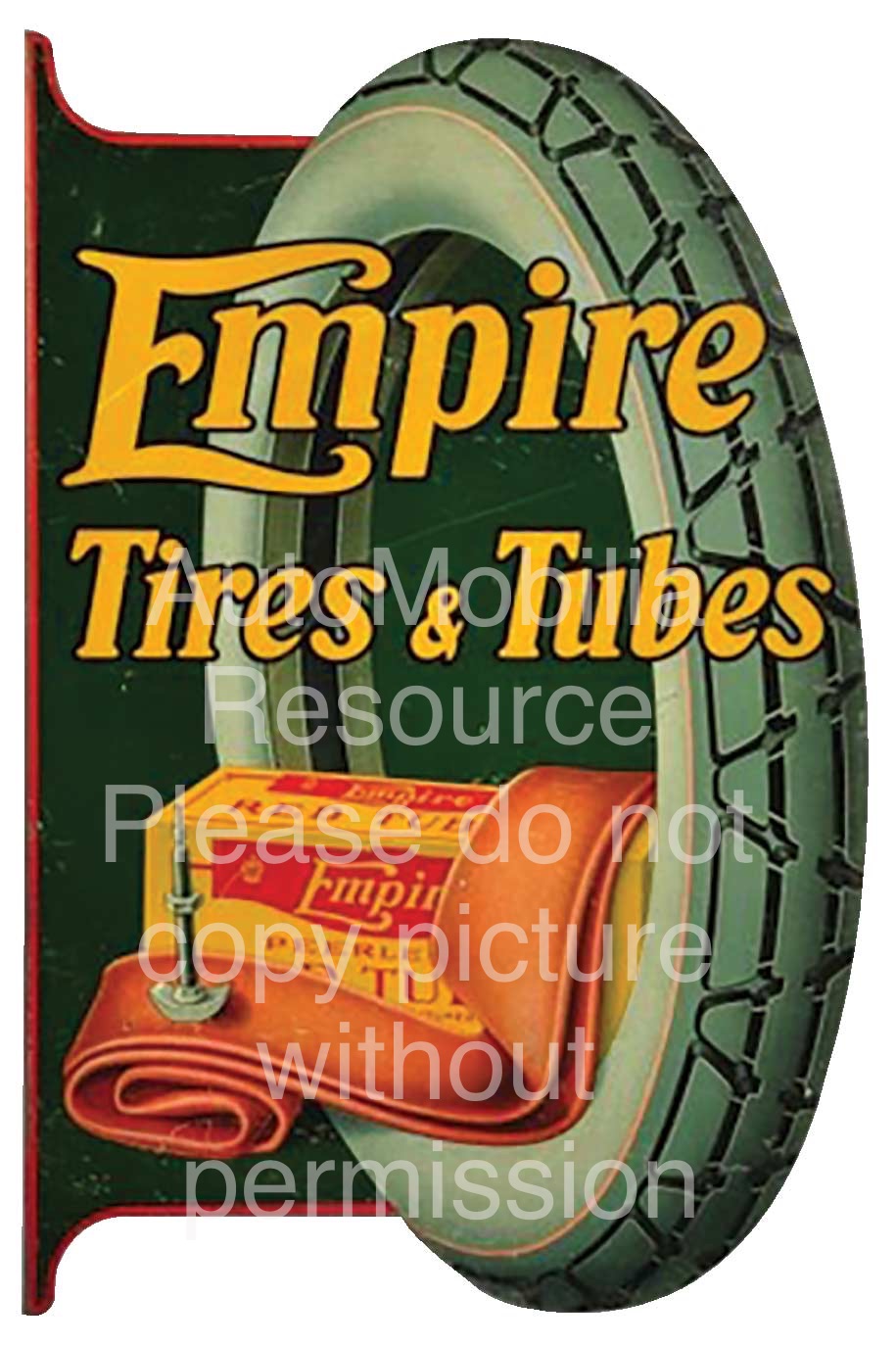
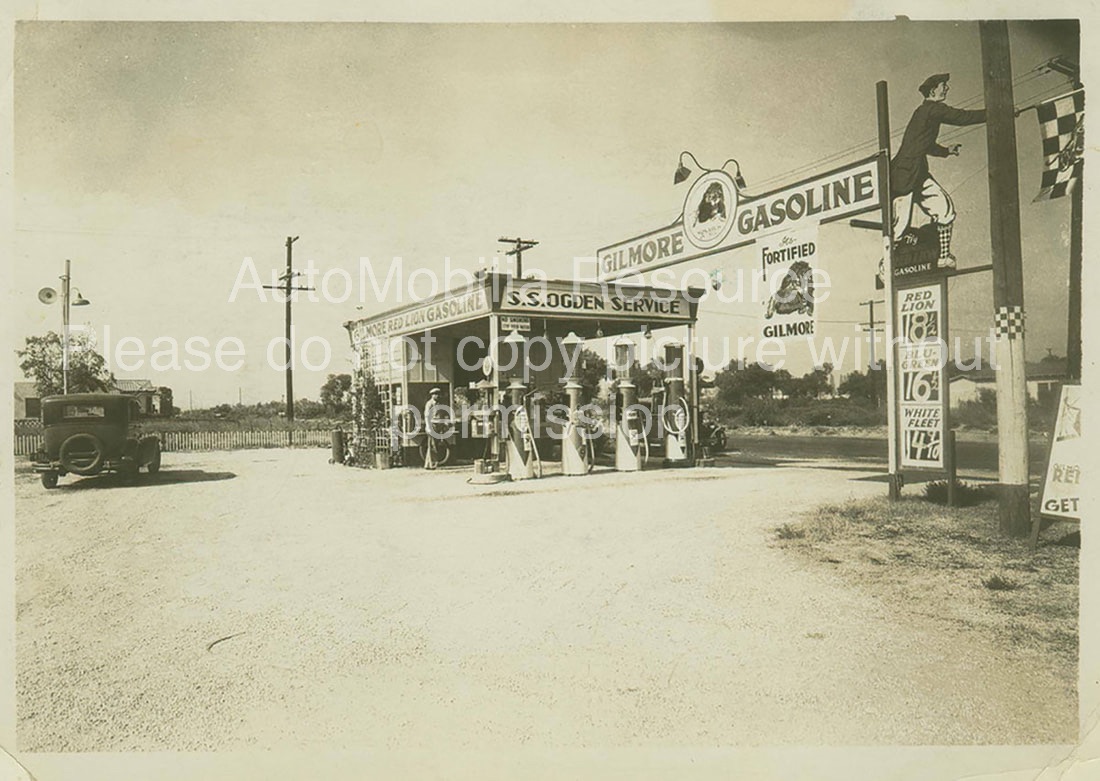
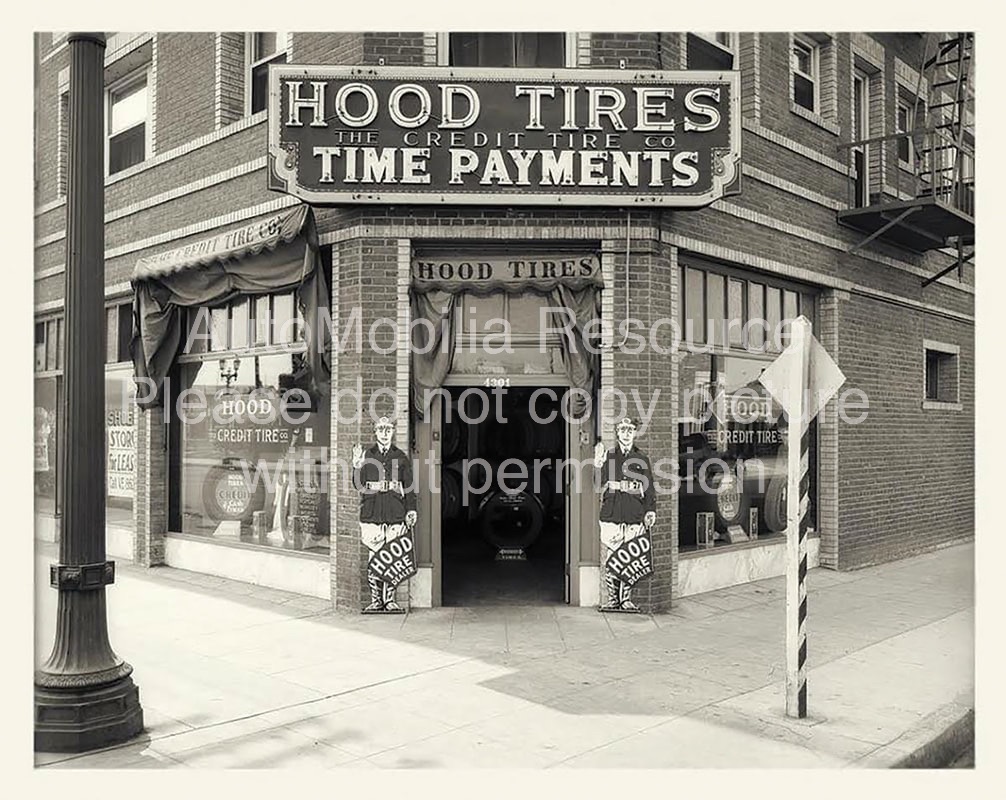
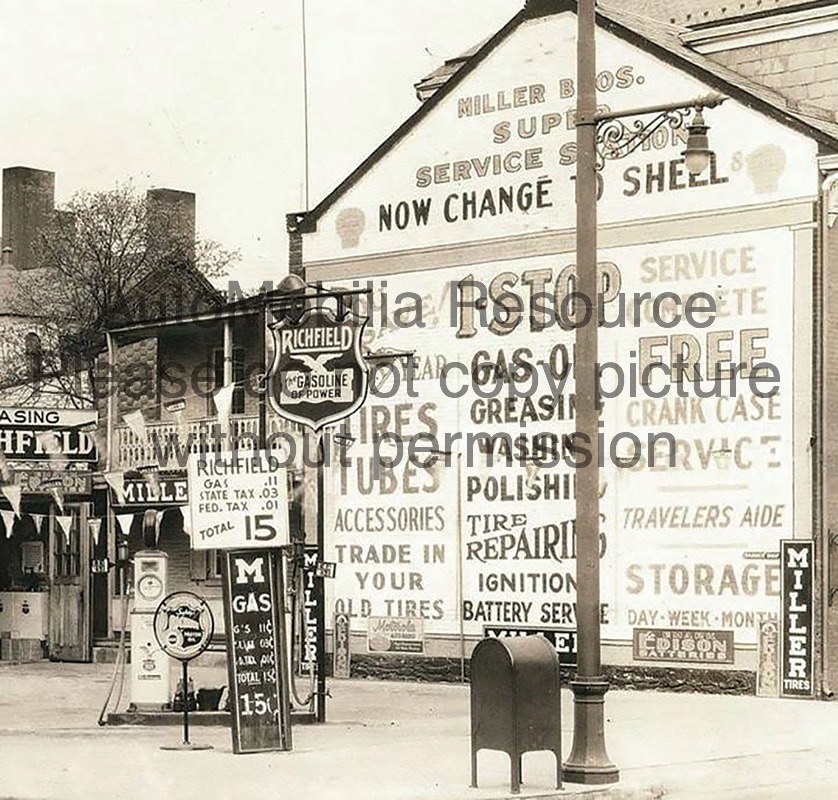
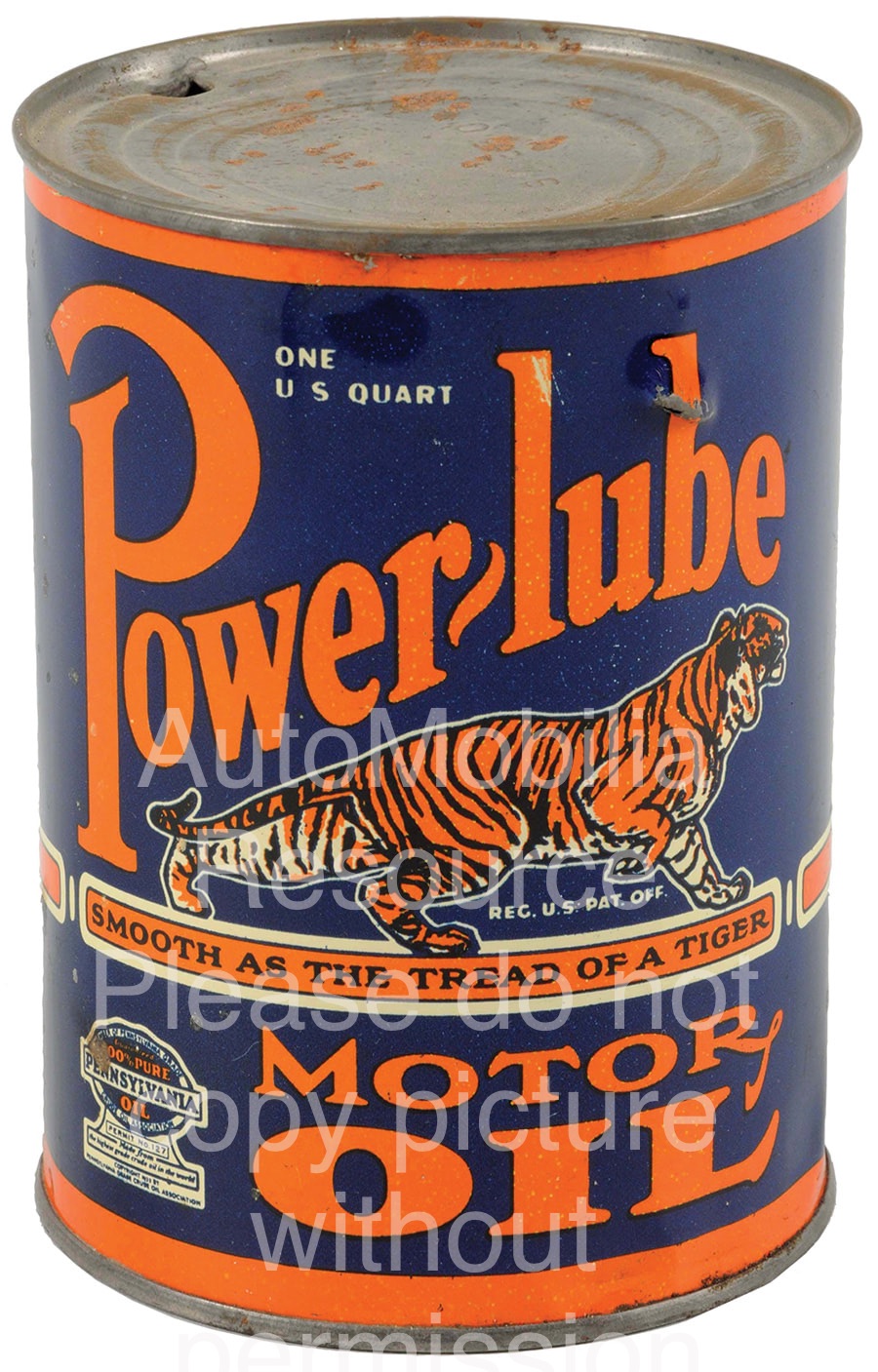
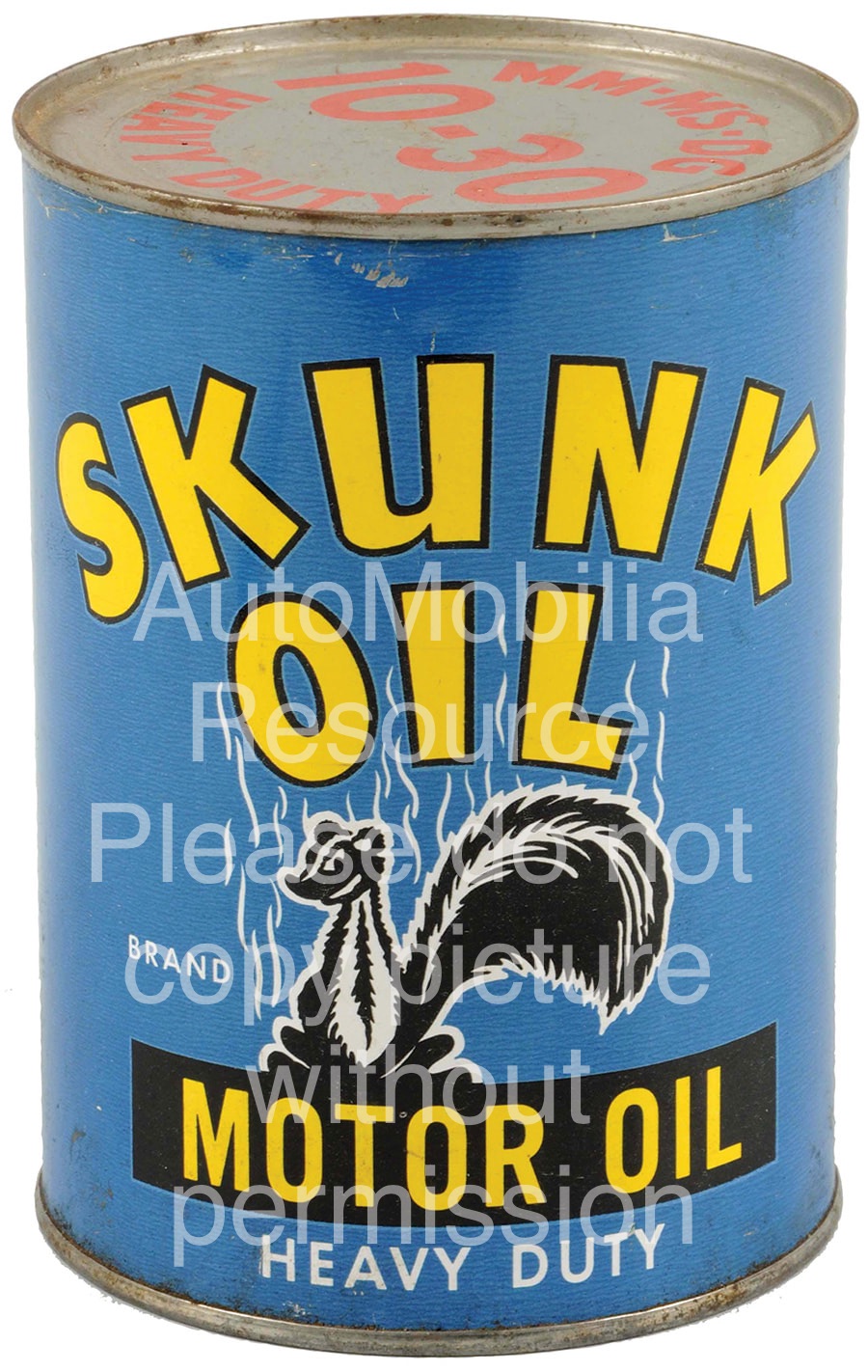
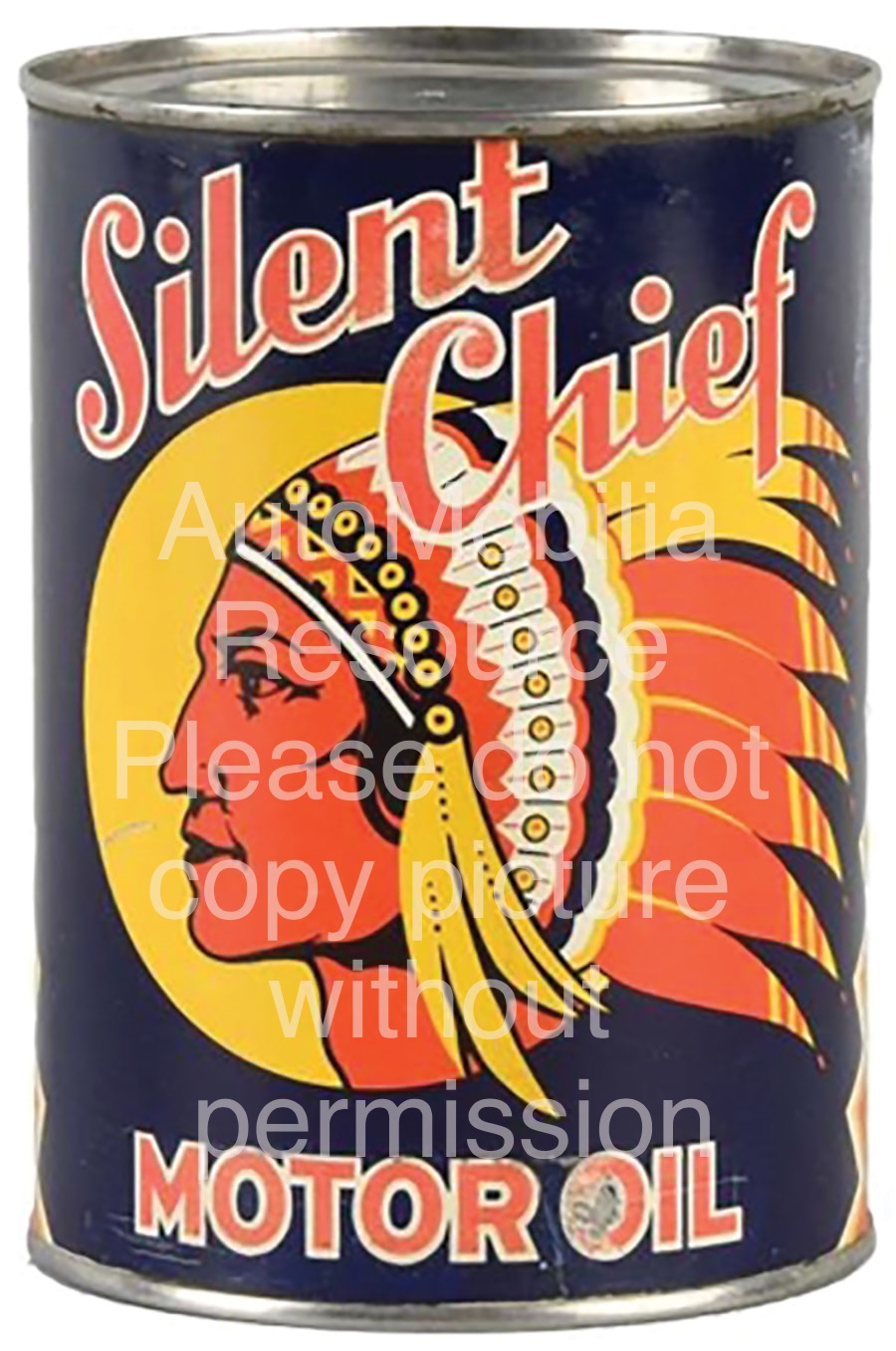
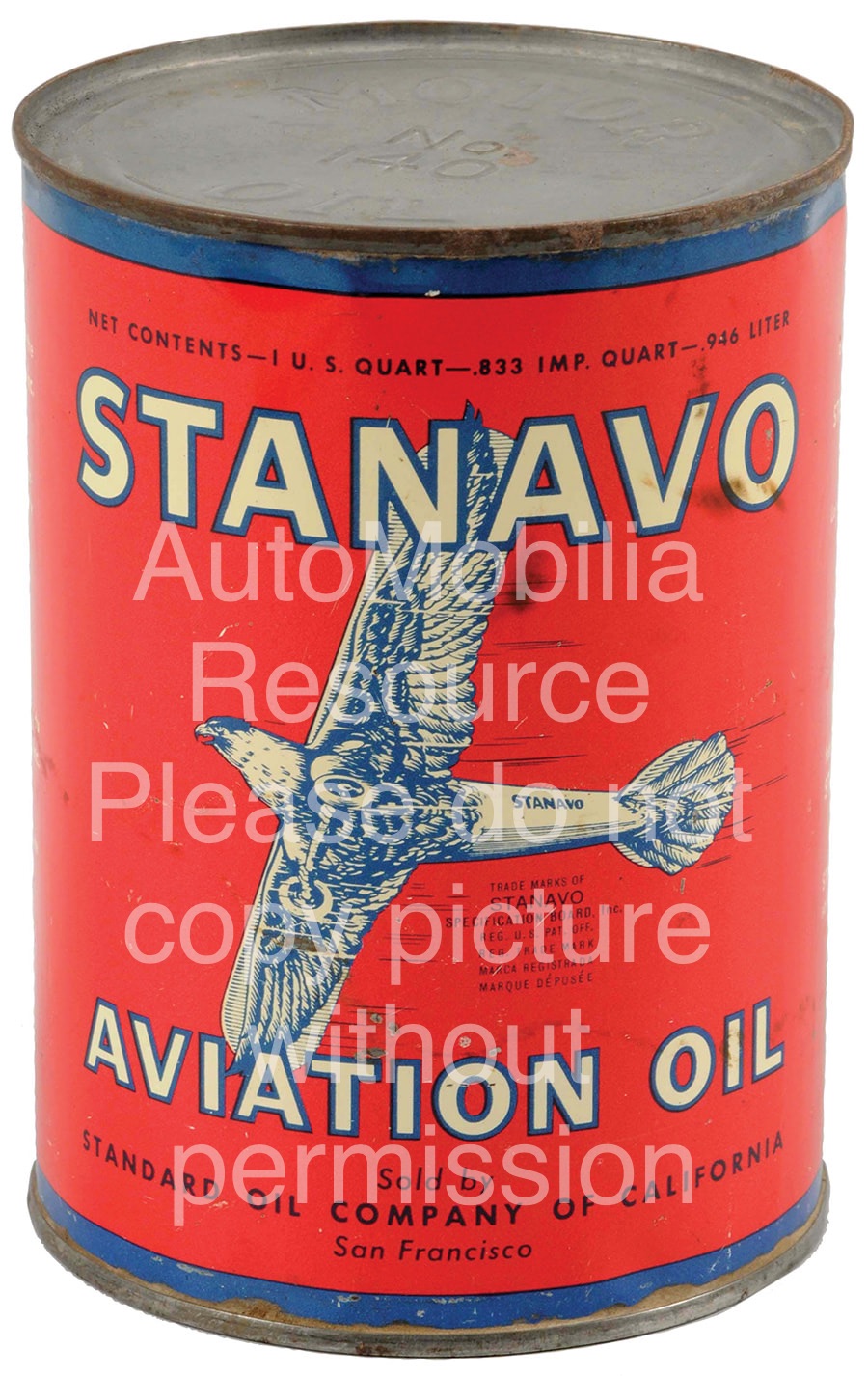
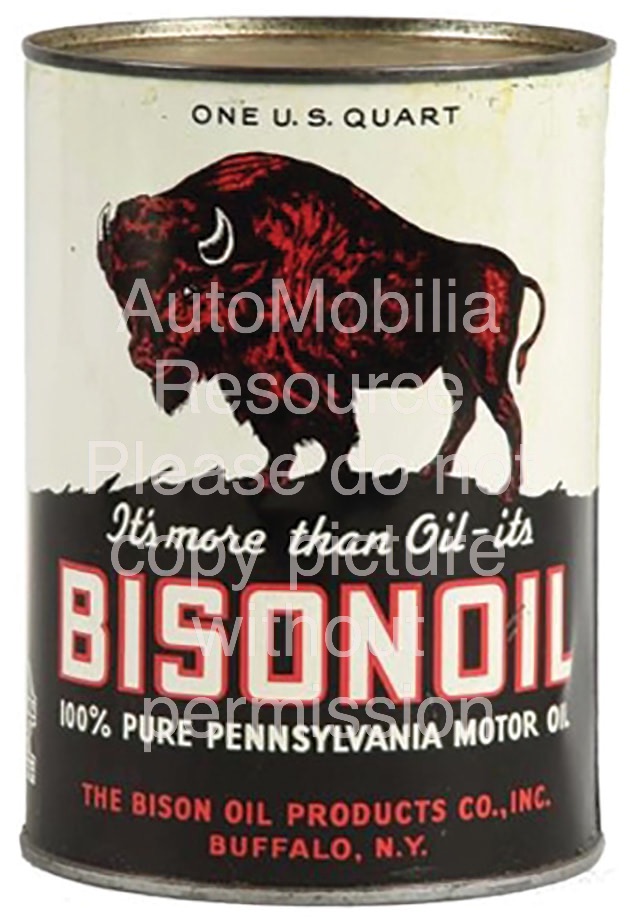
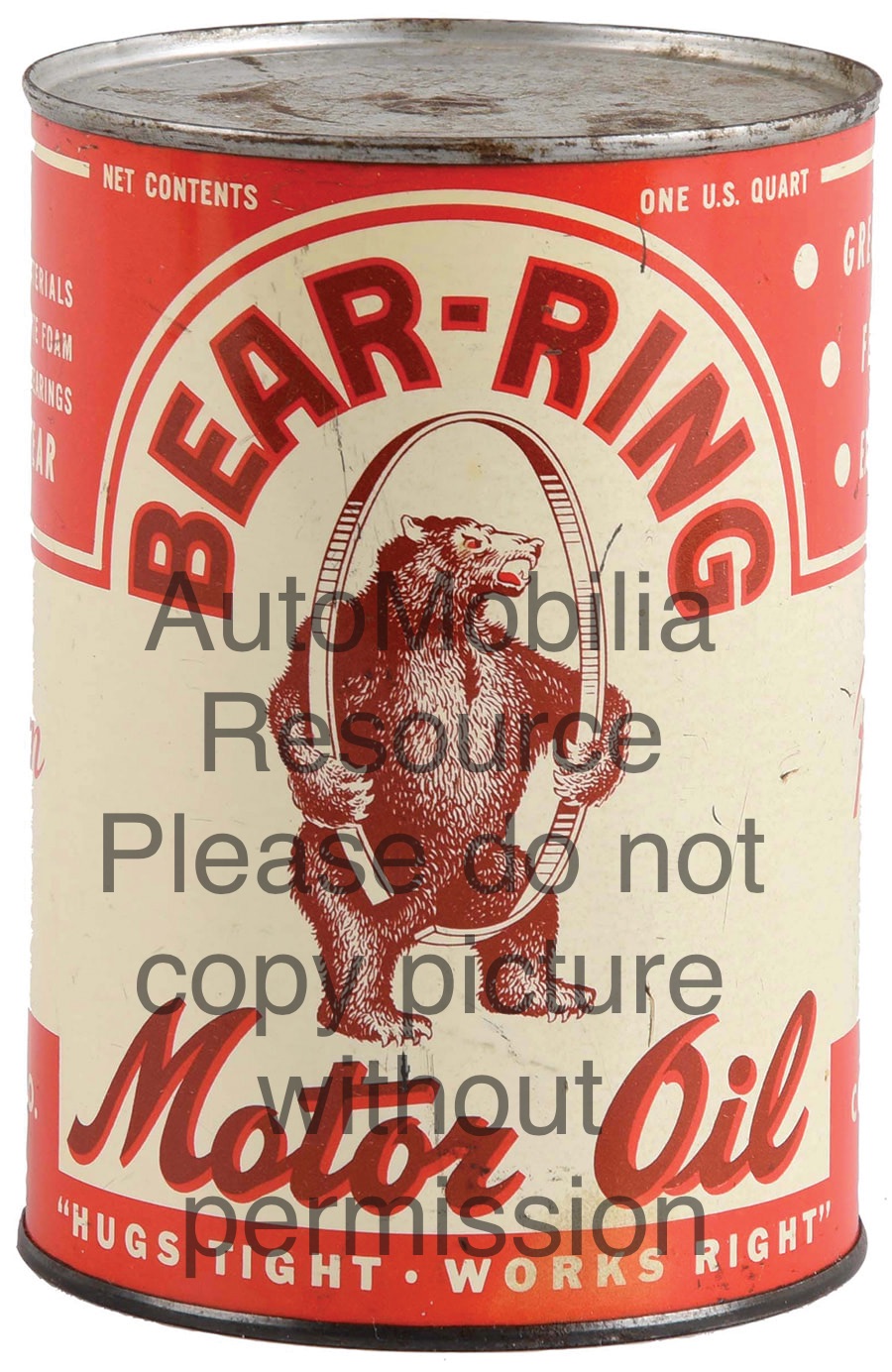
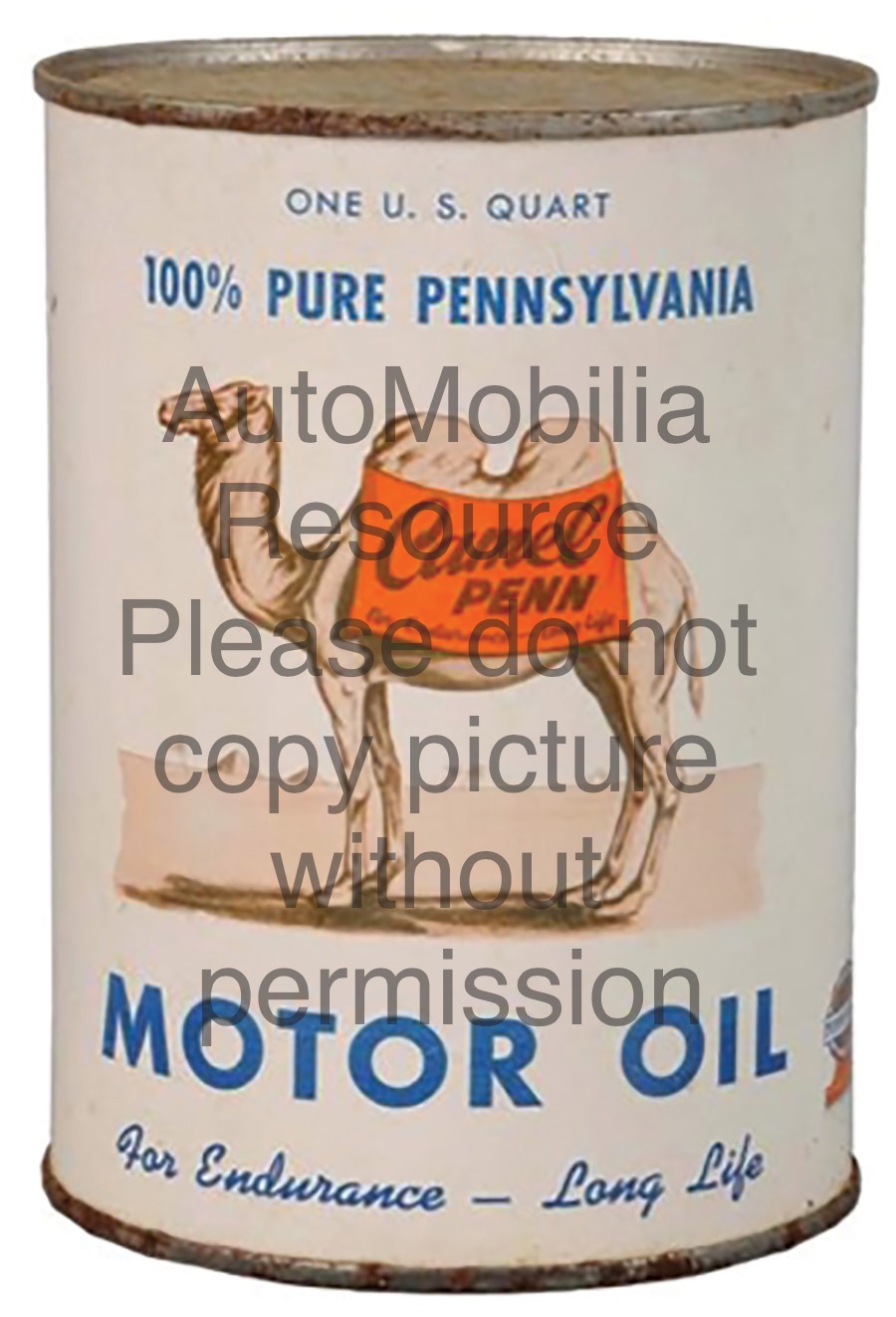
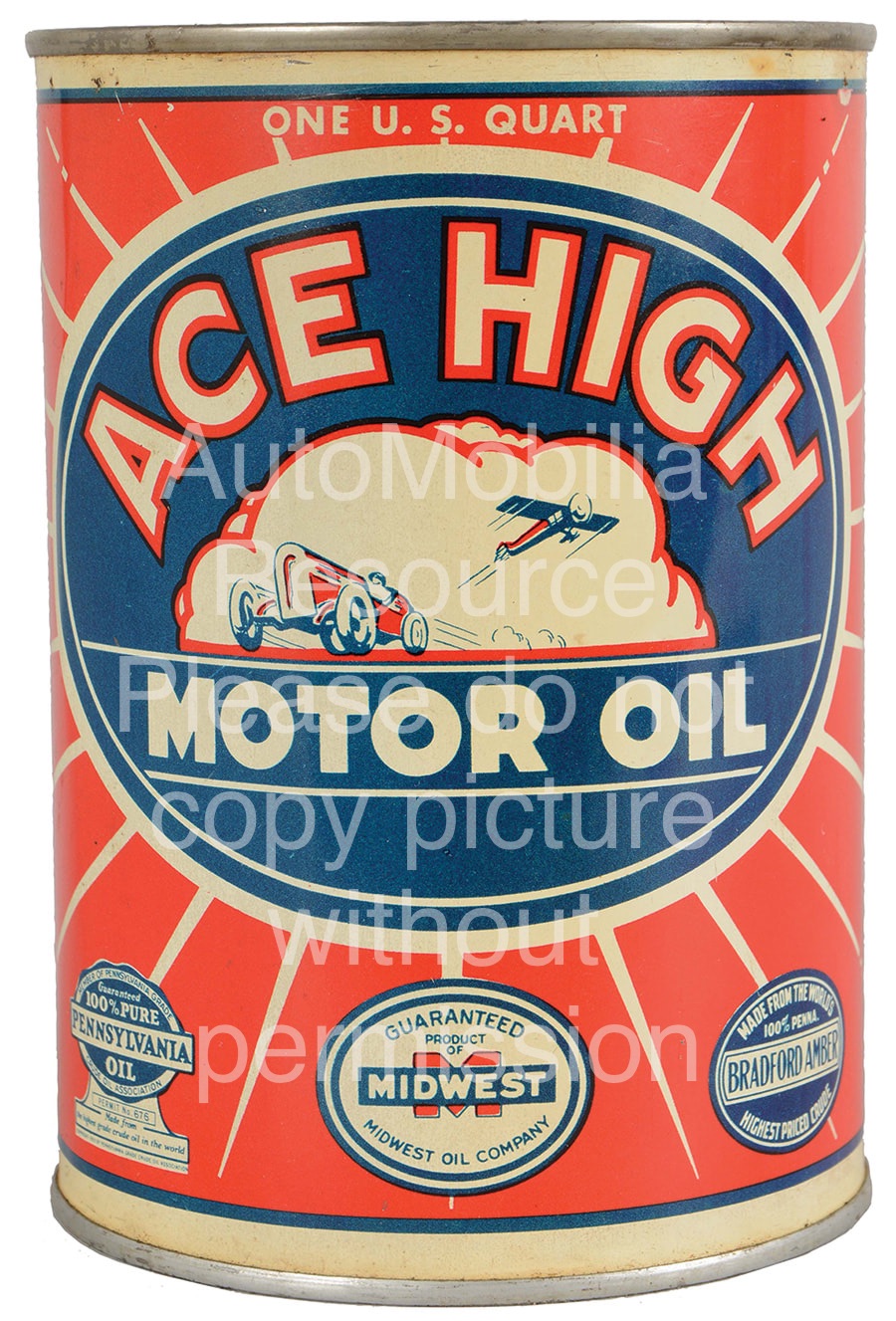
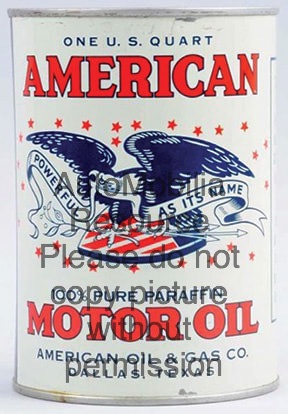
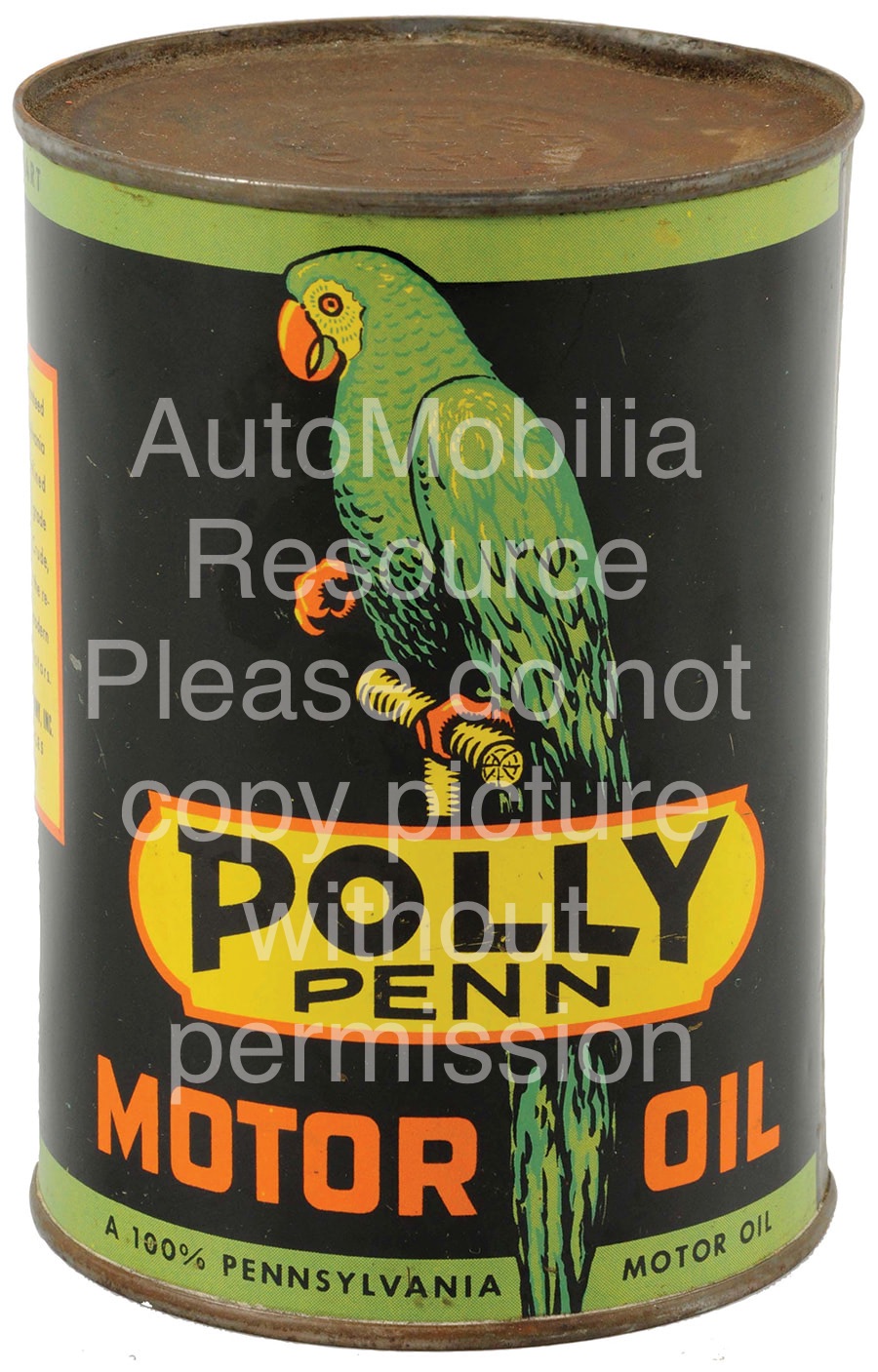
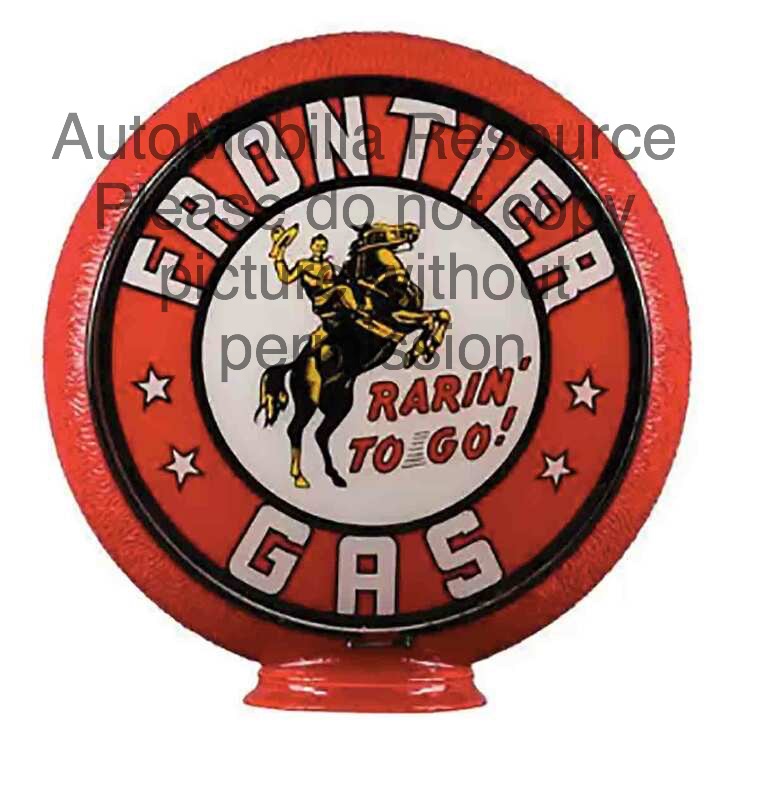
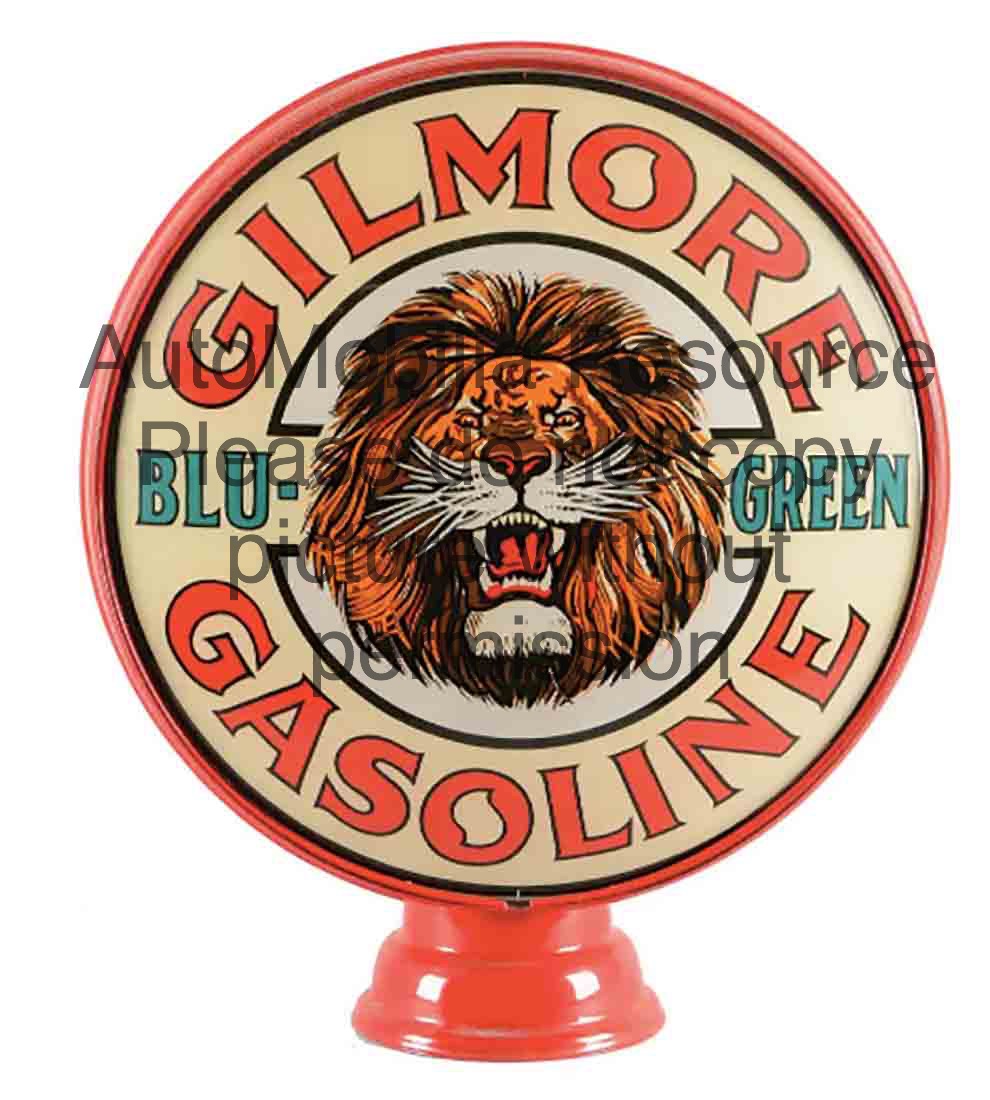
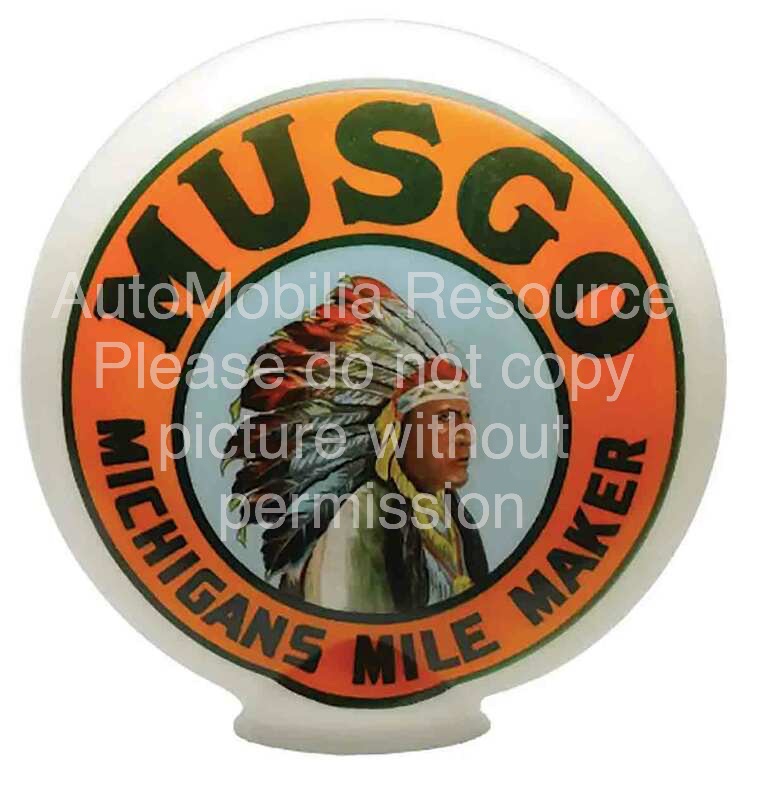
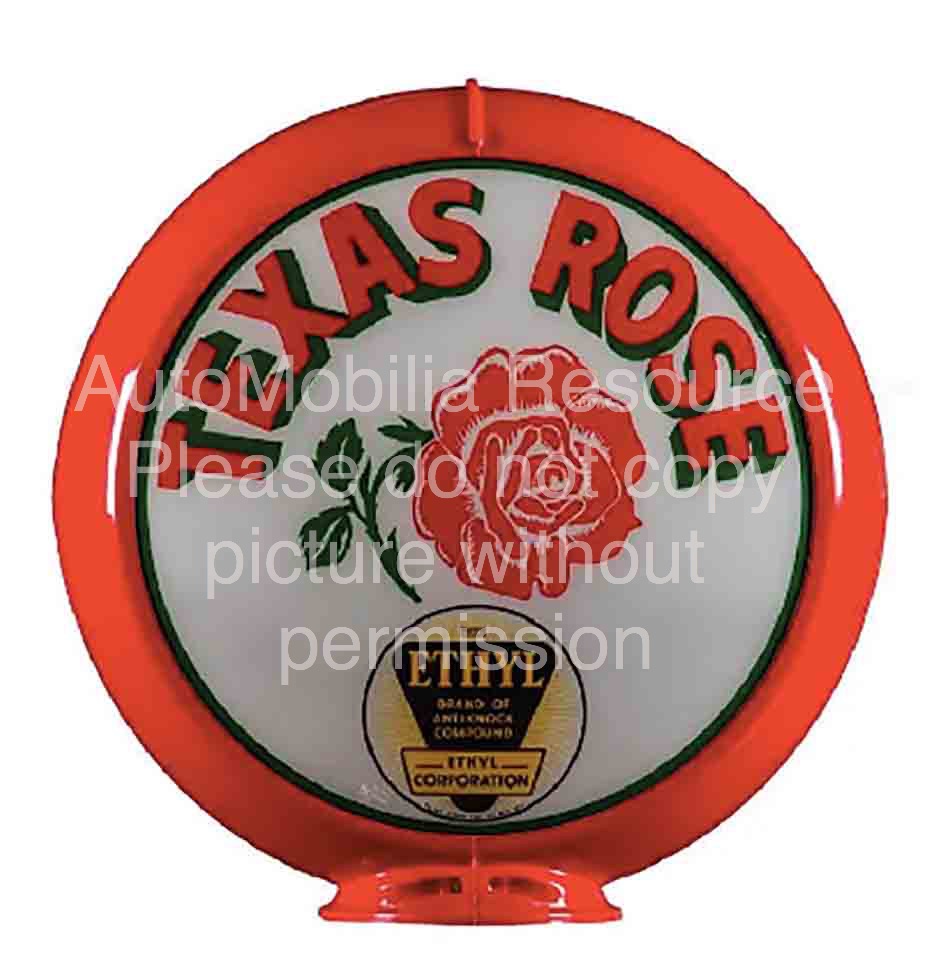
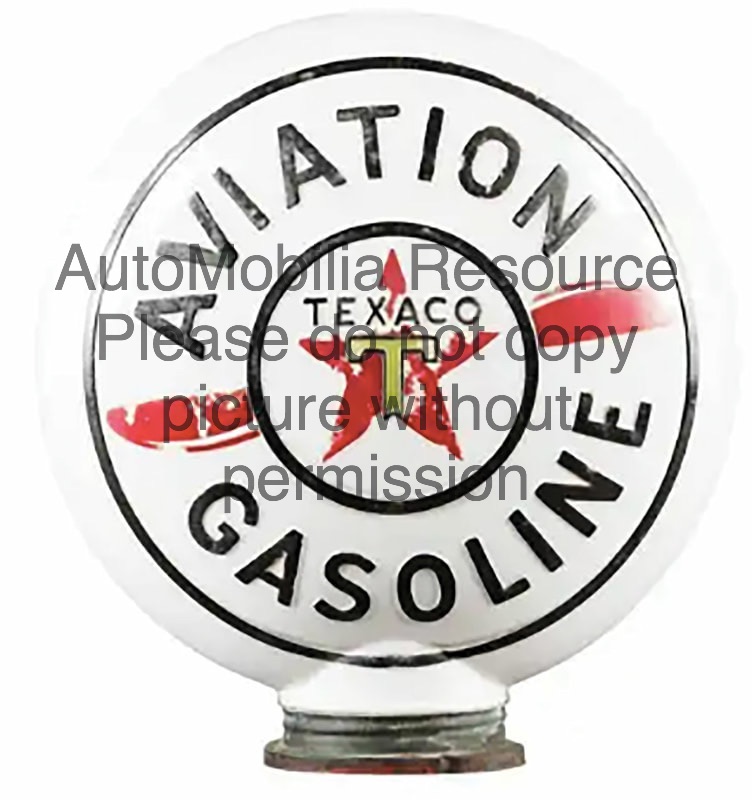
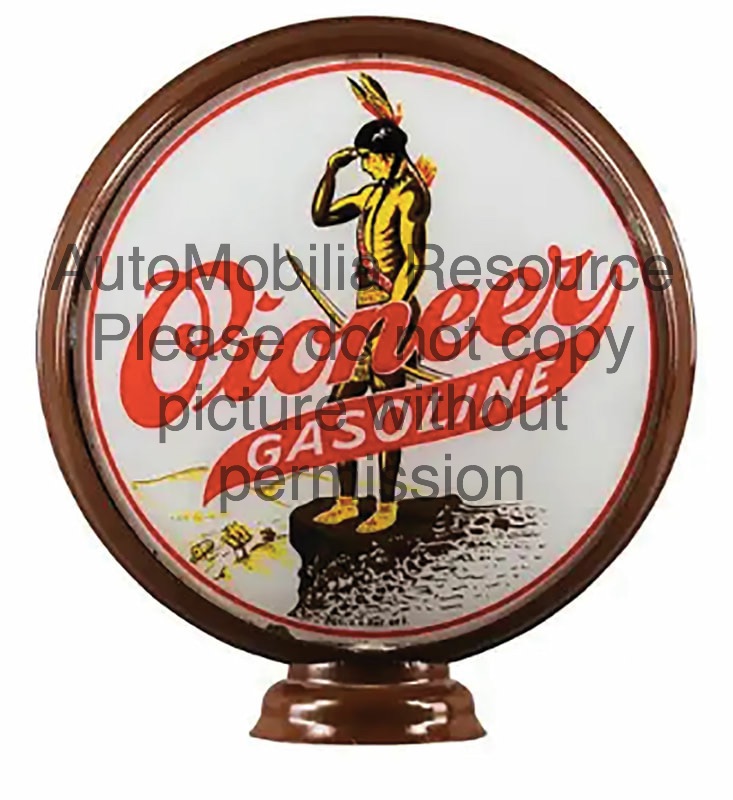

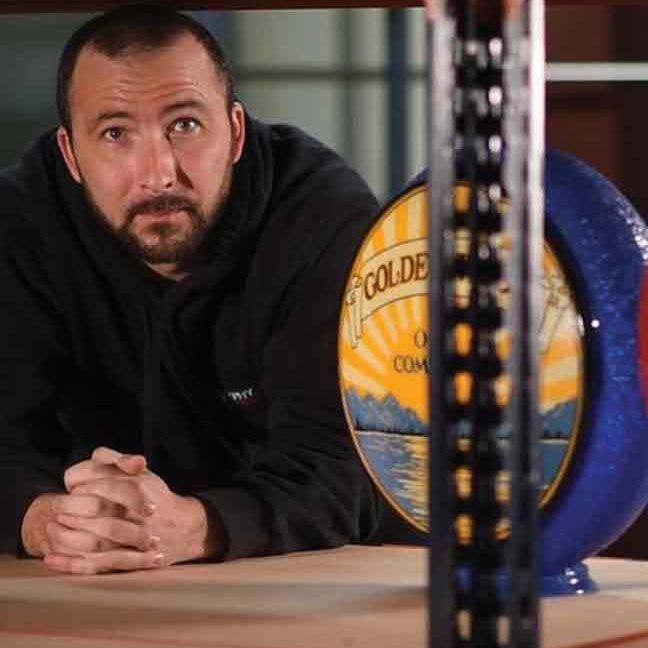
 RSS Feed
RSS Feed